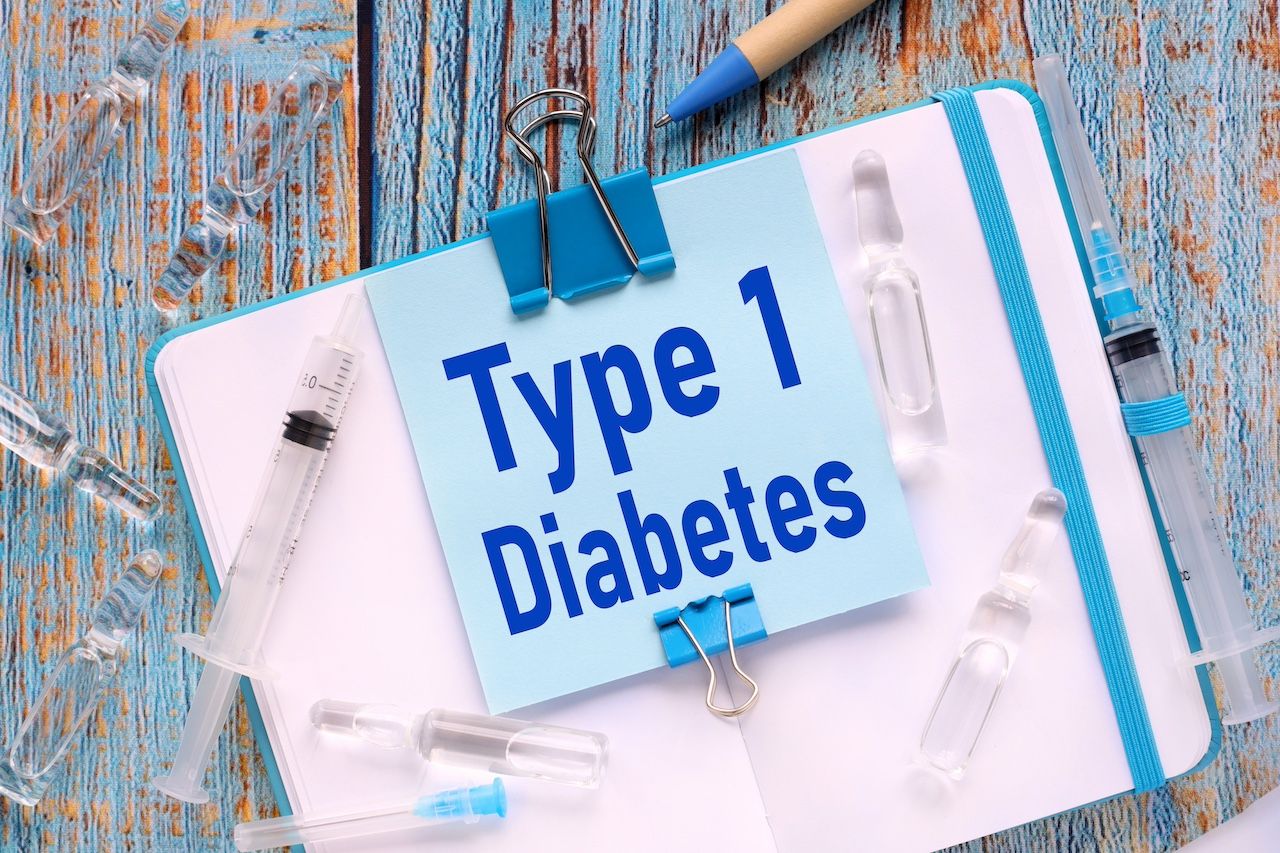- Center on Health Equity & Access
- Clinical
- Health Care Cost
- Health Care Delivery
- Insurance
- Policy
- Technology
- Value-Based Care
Research Letter Shines Spotlight on Low Screening for HF Among Patients With T1D
The findings follow endorsement of the screening measure from the American Diabetes Association, which recommended the practice to identify patients who have type 1 diabetes (T1D) who could benefit from targeted strategies to prevent symptomatic heart failure (HF).
Researchers are underscoring the low utilization of screening for heart failure (HF) in patients with type 1 diabetes (T1D).
Diabetes type 1
Image credit: Svetlana - stock.adobe.com.jpeg

In a research letter published in Journal of the American Heart Association, the group shared their real-world findings from 40,000 patients from the Premier Healthcare Database with T1D, just 6.6% of whom received natriuretic peptide (NP) testing for stage B HF between 2021 and 2022. The findings follow endorsement of the screening measure from the American Diabetes Association (ADA), which recommended the practice to identify such patients who could benefit from targeted strategies to prevent symptomatic HF.
The researchers also highlighted a recent study from Cunningham et al, which found that nearly half of patients with type 2 diabetes from a large US database met the NP-based thresholds endorsed by the ADA for stage B HF, consisting of B-type NP (BNP) of at least 50 pg/mL or NT-proBNP 125 pg/mL or higher. However, to their knowledge, the researchers noted that no comparable data have reported on how many patients with T1D meet these thresholds.
In their study, 41.5% of patients exceeded these ADA thresholds. When using a threshold of 35 pg/mL or higher based on the Universal Definition and Classification of HF, which is supported by emerging evidence and endorsed by the Diabetes Technology Society, the proportion of patients exceeding the threshold increased to 61.1%.
The group highlighted their finding that more than half of patients met the Universal Definition and Classification criteria for stage B HF. This insight, they wrote, is in line with findings from a Denmark study, which found 55% of 960 patients with T1D with left ventricular ejection fraction of at least 45% but no heart disease had a baseline NT-proBNP of at least 150 pg/mL.
“This finding highlights the urgent need to identify medical therapies beyond glycemic control that can reduce incident HF in people with T1D, given that appropriate glycemic control (ie, hemoglobin A1C <7%) has only been shown to reduce, but not completely normalize, progression from preclinical (stage B) to clinical (stages C and D) HF in people with diabetes,” wrote the researchers.
Among the 2631 patients who did receive NP testing, 1664 received BNP testing and 967 received NT-proBNP testing.
More than half (56.8%) of patients who received NP testing were women, 71.9% were White, 1 in 5 patients were Black, 6.7% were another or unknown race, and 0.9% were Asian. The median age of patients was 50 years across both screening measures. Both BNP and NT-proBNP levels were significantly higher in older patients. There were no differences based on sex or race based on univariate logistic regression analyses.
“In regard to limitations, we recognize that possible underreporting of laboratory testing could subsequently underestimate the proportion of people who underwent NP testing. Like Cunningham et al, we attempted to address this by only including people with available serum creatinine data given that these people could have easily undergone NP testing, and that their data were known to have been transmitted to the Premier Healthcare Database,” outlined the researchers. “We also recognize that defining T1D by ICD-10-CM [International Classification of Diseases, 10th Revision, Clinical Modification] codes is an inherent limitation of this article. Finally, we acknowledge that clinical documentation from specific outpatient encounters was not available; thus, it was impossible to determine whether some of the testing performed was motivated by clinical suspicion of HF.”
The researchers also noted that their study did not take into account body weight or body mass index, an important factor in cardiovascular health for patients with T1D.
Reference
Horton W, Patrie J. Natriuretic peptide-based screening to identify stage B heart failure in people with type 1 diabetes. J Am Heart Assoc. Published online January 31, 2024. doi:10.1161/JAHA.123.033448
